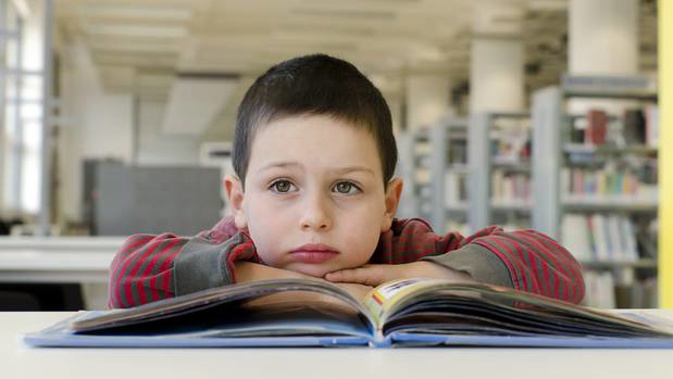
Children living in the most deprived areas are three times more likely to die in childhood or adolescence than those living in the least deprived areas, a report has found.
The Child and Youth Mortality Review Committee report found that in 2016, 483 children and young people died. This was the lowest number since the committee began in 2002.
Those living in the most deprived areas experienced significantly higher mortality rates. The rate of deaths in the most deprived areas (decile 10) was almost 60 per 100,000 population. Whereas the rate for the least deprived area (decile 1) was 19 deaths per 100,000.
The report also found that Māori and Pacific children and young people are more likely to die compared to children from other ethnic backgrounds. Asian children and young people have the lowest death rates.
CYMRC chair Dr Felicity Dumble said the work showed poverty was a key driver of child deaths in New Zealand.
"This is true for all types of child death and also for many specific causes of death, such as whooping cough, injuries and sudden unexpected death in infancy (SUDI).
"Children living in poverty may not be able to access health services in the same way as others, getting to the doctor and picking up or taking medicines can be harder. Their homes may be damp and cold, food may not be plentiful, mum and dad may work one or two jobs and are unable to take them to the doctor. They may live in a crowded home where infection is spread easily or resources are stretched.
"The impact of poverty is pervasive – it is felt by children, their families and whānau across all aspects of their lives."
Four causes of deaths are outlined in the report: from medical conditions, unintentional injury, intentional injury and sudden unexpected death of an infant (SUDI).
Medical conditions were found to be the leading cause of death for children and young people at 39 per cent of deaths. This was followed by unintentional injuries at 28 per cent, intentional injury at 25 per cent, and SUDI at 7 per cent of deaths.
Medical conditions include tumours and congenital disorders, unintentional injuries include transport-related deaths and drownings, and intentional injuries are made up of deaths due to suicide and assault.
From 15 onwards, suicide is the leading cause of death.
Dumble said the number of suicides among young people was a great concern.
"Between 2002 and 2016 there were 1758 deaths due to suicide which makes it the leading cause of death in adolescents.
"The report also identified that the number of suicide deaths in children is much higher in Māori: over one-half of deaths due to suicide in children aged 10-14 years were Māori."
The committee has planned an in-depth look at rangatahi suicide data, to find out how these deaths can be prevented.
Where to get help:
• Lifeline: 0800 543 354 (available 24/7)
• Suicide Crisis Helpline: 0508 828 865 (0508 TAUTOKO) (available 24/7)
• Youthline: 0800 376 633
• Kidsline: 0800 543 754 (available 24/7)
• Whatsup: 0800 942 8787 (Mon-Fri 1pm to 10pm. Sat-Sun 3pm-10pm)
• Depression helpline: 0800 111 757 (available 24/7)
• Rainbow Youth: (09) 376 4155
• Samaritans 0800 726 666
• If it is an emergency and you feel like you or someone else is at risk, call 111.
Take your Radio, Podcasts and Music with you









